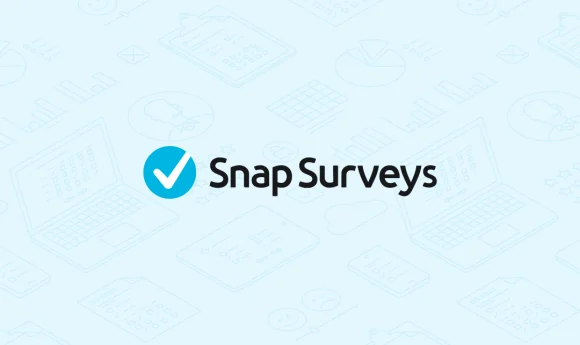Blog Series: Tips to Selecting the Best Survey Method: #1 Population
 When selecting the best survey mode for your research, you need to take into consideration the advantages and disadvantages of each survey type – online, paper, mobile, kiosk, or a combination of survey modes. Additionally, there are also face-to-face or telephone interviews. Selecting the type of survey you want to use is one of the most important decisions in the planning process. Over the next few blog posts, we’ll discuss issues you’ll want to take into consideration as you plan your next survey. In the first blog post, we’ll discuss potential population issues.
When selecting the best survey mode for your research, you need to take into consideration the advantages and disadvantages of each survey type – online, paper, mobile, kiosk, or a combination of survey modes. Additionally, there are also face-to-face or telephone interviews. Selecting the type of survey you want to use is one of the most important decisions in the planning process. Over the next few blog posts, we’ll discuss issues you’ll want to take into consideration as you plan your next survey. In the first blog post, we’ll discuss potential population issues.
Population Issues
Take the following tips into consideration when planning your population
- Do you have a clear population? For certain surveys, you have a clearly defined sample population. For other surveys, however, you may have more difficulty defining your population. For example, there are complete lists of people with a valid driver’s license. But, there are no complete lists for people that own a car. Many people who live in large cities do not own cars, and some respondents may not be able afford a car. If you are administering a research survey to licensed drivers that own or lease a car, you will need to search out a service that may have this information or conduct an online survey or mobile survey with qualifying questions such as – Do you have a valid driver’s license? Do you own or lease a car?
- Are there communication issues? All survey modes (with the exception of telephone or interview surveys) require the respondent to read. Is your population literate? We assume that all respondents are literate, but the real fact is that adult illiteracy is rather high. Additionally, those that are literate may find difficulty with certain verbiage or have a limited vocabulary.
- Do all respondents speak the same language? We live in a multicultural society where numerous languages are spoken. We can’t assume that all respondents read, speak, write, and comprehend English. Many countries are considered multilingual. In nearly every large population, you’ll have respondents who speak a language other than the primary or native language. If your research requires you to reach national or even international populations, be sure to choose a survey software solution that can produce multiple versions of your questionnaire in multiple languages and multiple modes. Many advanced survey software solutions, such as Snap Survey Software, have the capability to create multi-mode surveys, and design, distribute, and analyze questionnaires in any language, including right to left languages such as Arabic, Hebrew, Urdu, and character based languages such as Japanese, Korean, and Chinese.
- Will your population be accommodating? Some sample populations may not be willing to discuss sensitive topics. For example, a researcher conducts a survey on illegal drug use. They will need to speak with people who are past or current drug users who may be able to identify others who are active illegal drug users. Why would the researcher expect those respondents to assist in the research knowing that it is risky? Although the researcher may mean no harm, the respondents are at risk (legally) if information they provide gets into the hands of the powers that be.
- Are there geographic limitations? Is your sample population located across a broad geographic area? If so, this may limit any face-to-face interviews. Paper surveys delivered by mail and telephone interviews are still options, but can be costly. Online surveys and mobile surveys would be a more feasible option for those with access. Hard-to-reach populations with no access to technology may pose an issue.



